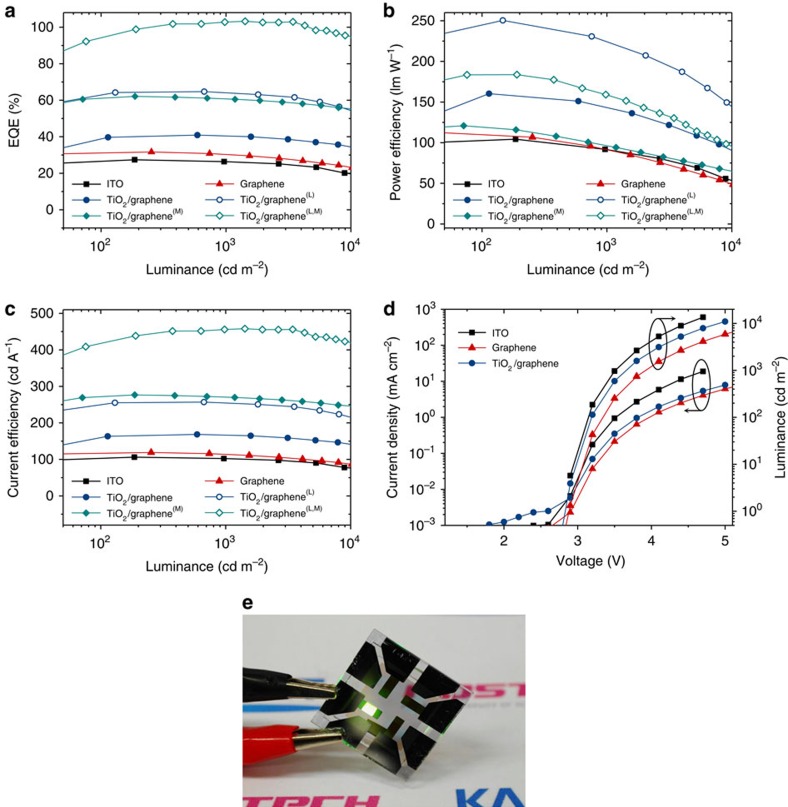Figure 3. Device performance of graphene-based OLEDs under study.
(a–c) EQE (a) power efficiency (b) and current efficiency (c) versus luminance characteristics of graphene-based OLEDs with and without TiO2 under-layers. The data for ITO-based control OLEDs are also shown for comparison. All the devices in this figure contain GraHIL as low-index hole-injection layers and are based on glass substrates. In (a–c) legends with (L), (M) and (L,M) correspond to the data obtained with a half-ball lens attached, with a multi-junction architecture, and with both a multi-junction architecture and a half-ball lens, respectively. (d) Current density (J)–voltage (V)–luminance (L) characteristics. The detailed structure and J–V–L characteristics of a multi-junction device are represented in Supplementary Fig. 7. (e) The picture of an OLED with the proposed TiO2/graphene/GraHIL electrode in operation. For the devices with TiO2, dTiO2 was fixed at 55 nm and dorg was chosen as the optimal condition for maximum EQE. For the devices without TiO2 and the ITO-based devices, dorg was set at the same value as that of the corresponding devices with TiO2.

